The 5 Phases of Mitosis
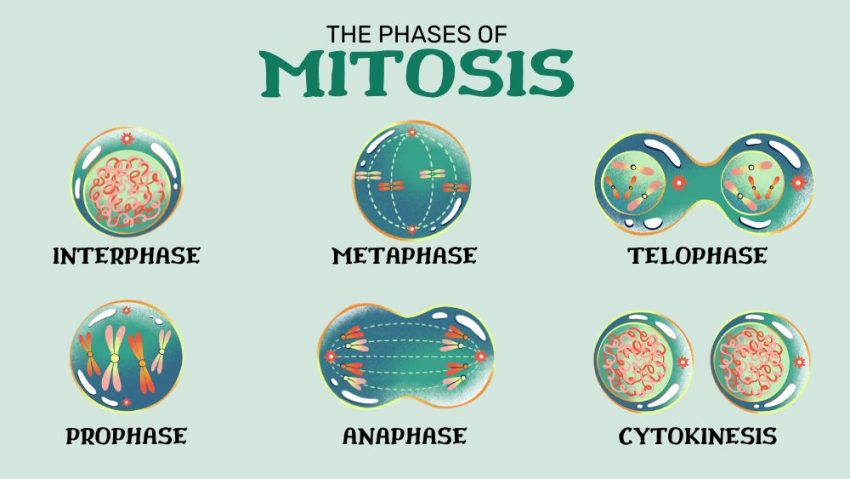
What is Mitosis?
Imagine your body as a big construction site. Mitosis is like the construction workers building new buildings.
When your cells need to make more of themselves, like when you grow or heal from a scrape, they use mitosis.
It’s like copying the construction plans. Then, it divides the workers and materials equally to create two identical buildings.
So, mitosis helps your body grow and fix itself by making sure all your cells have a “twin” that’s just like them.
The 5 Phases of Mitosis
Mitosis goes through 5 set phases:
- Prophase
- Metaphase
- Anaphase
- Telophase
- Cytokinesis
Starting with the interphase, let’s stick with our construction analogy and let’s imagine mitosis as building a new building.
Interphase (Planning & Preparation)

Interphase is like the planning and preparation phase before the construction begins. Before the actual construction starts, the construction site needs to plan and prepare.
During interphase, the cell is not actively dividing, but it’s getting ready for mitosis. It’s like ordering all the necessary materials, checking the tools, and making sure everything is in order. This happens before the construction workers (chromosomes) start their job.
So, interphase is a bit like the quiet time before the construction activity of mitosis begins. It’s where the cell is gearing up for the upcoming division.
1. Prophase (Blueprints)

Think of the prophase like the architects preparing the blueprints for the new building. In mitosis, the cell is getting ready by organizing its plans, represented by chromosomes.
In prophase, the cell is getting ready for division. It does this by condensing its genetic material (DNA) into visible structures called chromosomes. These condensed chromosomes are like the detailed plans or blueprints for building the new “structure” (cell).
Just like a construction blueprint, chromosomes contain the genetic instructions for creating new cells during mitosis.
2. Metaphase (Site Setup)
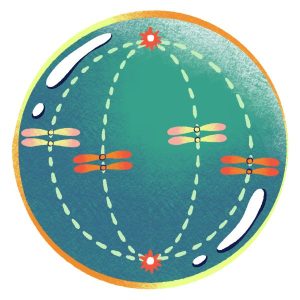
Now, picture the construction site being set up. All the construction materials (chromosomes) are lined up neatly in the middle, ready to be used for building.
This alignment is like setting up a construction site, where materials (chromosomes) are arranged in the middle. It’s ready to be used for building.
Similar to how a construction site positions material prior to building, metaphase ensures that chromosomes are properly organized. This all happens before the actual process of cell division continues.
3. Anaphase (Building Walls)

The construction workers start building the walls by taking materials to different parts of the site. Similarly, in mitosis, chromosomes are pulled apart to opposite ends of the cell.
Anaphase is the stage where the chromosomes, which were aligned in the middle of the cell during metaphase, are pulled apart to opposite ends. This separation is like how workers move materials for building walls.
The anaphase divides the cell “building”, much like building walls to create distinct structures. The purpose of this phase emphasizes the separation of genetic material.
4. Telophase (Almost Two Buildings)

The walls are up, and it’s almost like having two separate buildings. The construction is nearly complete, with structures gathering at each end of the site.
In telophase, the separated chromosomes reach opposite ends of the cell. This stage is almost like having two separate buildings. But it’s not there just yet.
The genetic material is beginning to reorganize, setting the stage for the final steps of cell division. It indicates the cell’s progression toward completing the division into two separate cells.
5. Cytokinesis (Two Buildings)

The final step is like officially splitting the construction site into two. Each side gets its own workers, tools, and materials, resulting in two complete buildings – or in mitosis, two new cells.
It’s official. Cytokinesis physically divides the cell into two separate and identical daughter cells. This stage is like having the result of two complete buildings.
In the case of our cell, it creates two distinct and independent cells, each with its own set of cellular components. It signifies the successful completion of the cell division cycle.
The 5 Phases of Mitosis
The five phases of mitosis guide cells through a sequence of events necessary for cellular division.
From the initial preparation to its separation mitosis ensures that cells do their duties of growth and repair.
In the end, mitosis maintains cell integrity and sustains life. It does this by inheriting genetic material through cell division.



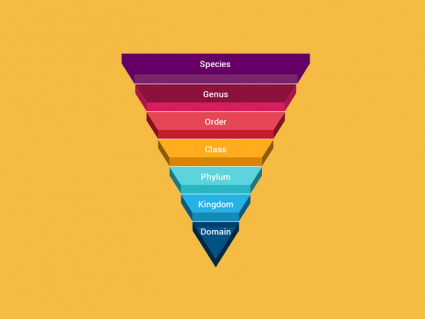

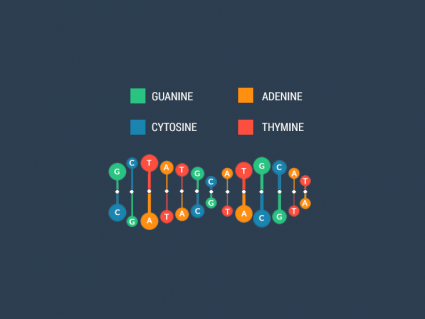

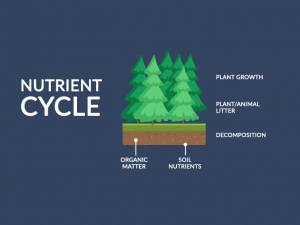

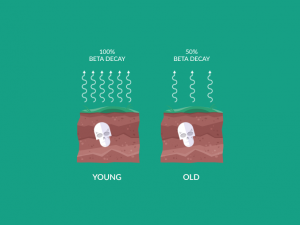


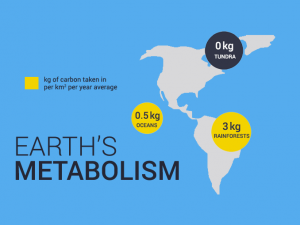

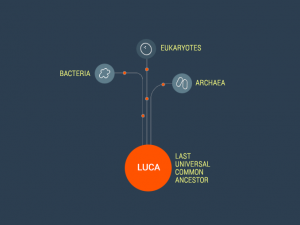
Great.